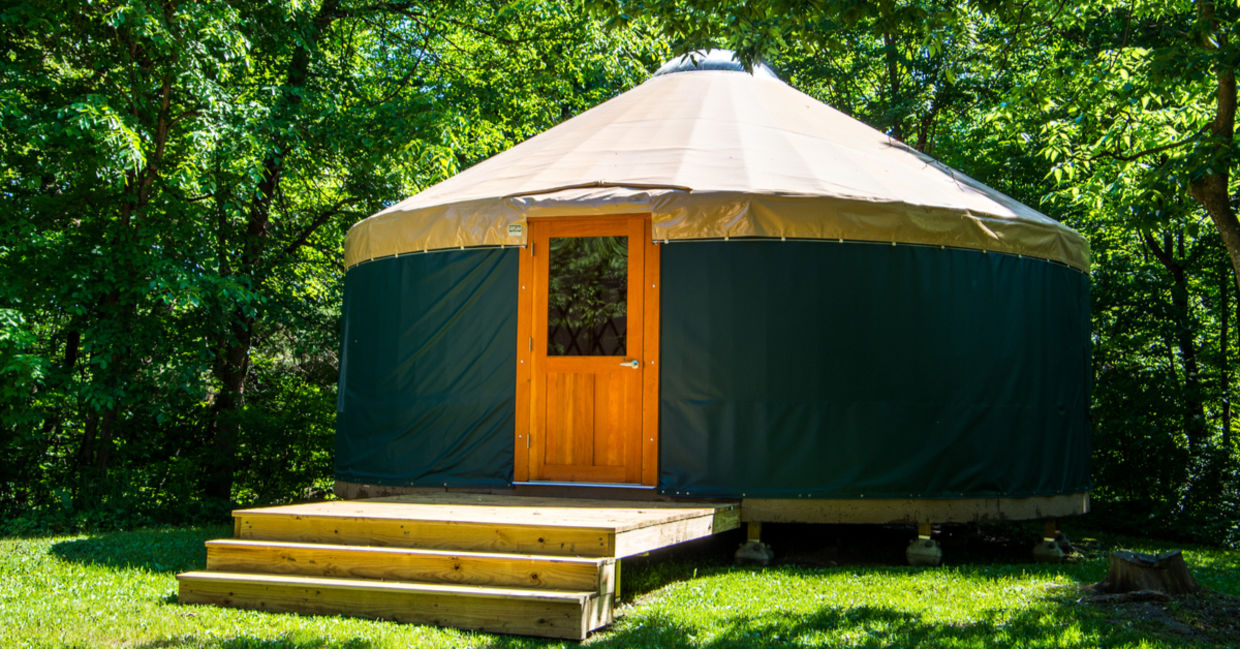
(Matthew E. Hein / shutterstock.com)
The world’s population is steadily increasing, creating a need for more creative housing solutions that take up less space and are friendlier to Mother Earth. While mansions and villas are still being constructed, there is a changing tide in which folks are looking to consolidate their living spaces, to minimize extra costs and their carbon footprint. With a dash of creativity and some out-of-the-box thinking , the typical notion of home is getting a beautiful makeover – providing options for those looking for a change, or supplying a much-needed living space to someone on the streets. Learn about these five alternative living spaces that are putting a roof over peoples’ heads in an economical and environmentally-friendly way.
1. SHIPPING CONTAINER HOMES
The Dutch popularized shipping containers as living spaces when in response to a shortage of student accommodation, the firm Tempohousing created small student apartments out of old containers. Prefabricated homes are gaining steam as they are durable, found all over the world, and require minimal construction.
2. TINY HOUSES
The Tiny Houses movement advocates living simply in small homes, often fitted with environmentally-friendly and sustainable technology such as solar panels and summer/winter insulation. While style varies, tiny houses tend to emphasize design over size, utilizing multi-functional furniture such as beds that fold into sofas to save space.
3. BILLBOARDS-TURNED-HOMES
The three Slovakian designers of Project Gregory had a genius idea - turn urban advertising spaces into tiny, triangular houses, to be used as housing for the homeless. Currently seeking funding on Kickstarter, they are looking to make the first prototype a reality and start installing the 2-in-1 structures across Slovakia, then Europe, and ultimately the whole world.
4. YURTS
These traditionally nomadic structures hail from Central Asia, and are becoming more widely spread as they provide a low environmental impact and are easy to construct and transport.Yurts consist of an expanding wooden circular frame with a durable cover that due to its shape, are resistant to high winds.
5. TRASH TURNED INTO HOMES
Artist Gregory Kloehn heads the Homeless Homes Project in which discarded waste and garbage dumps are scoured to create mobile and habitable homes for those living on the streets. Materials are upcycled and painted in vibrant colors with attention to details, including doors embellished with mirrors or windows to give dwellers a sunny view.






